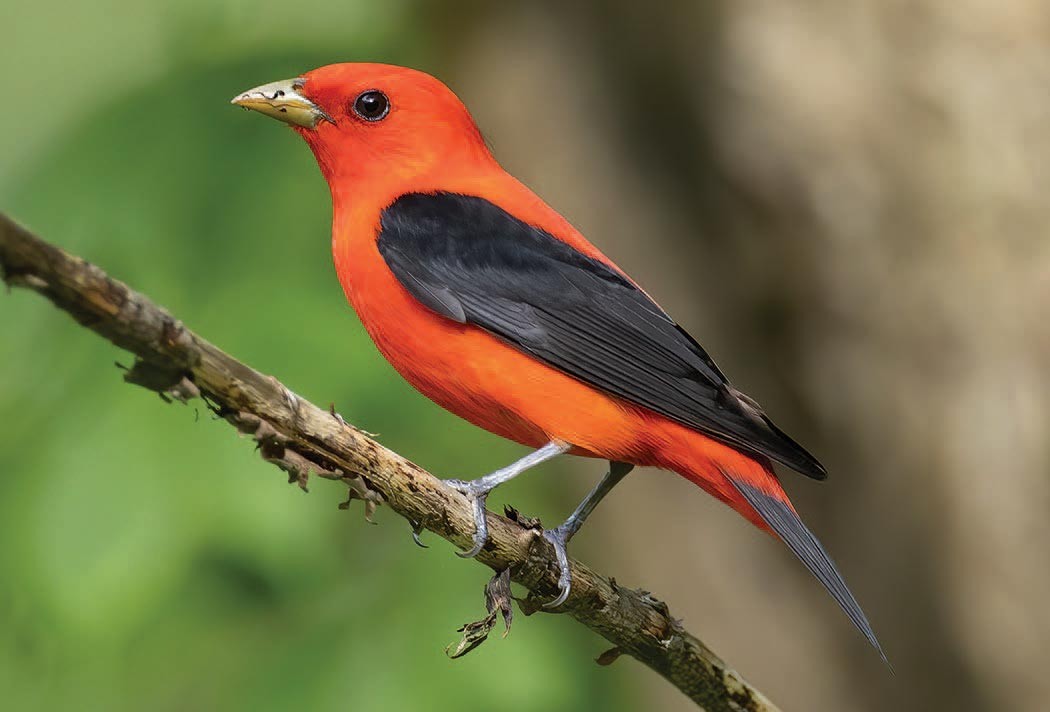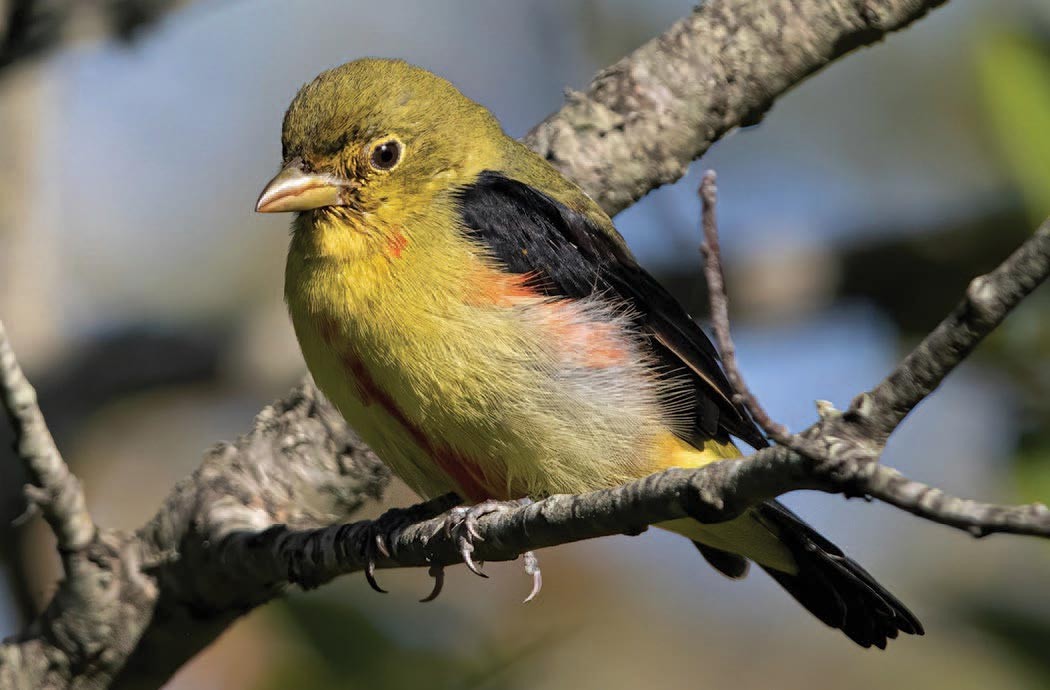Feathers are the single, universal feature that distinguishes birds from all other creatures in the animal kingdom. These wondrous structures, among nature’s strongest and most durable on a per-gram basis, serve two essential functions: protection and flight. Feathers trap heat and repel moisture, keeping birds warm and dry. Their supreme lightness combines with aerodynamic properties to enable flight, affording them unparalleled mobility to inhabit nearly every environment on our planet, and to move among them.
Yet, despite their toughness and versatility, feathers – which are composed of the protein keratin, similar to mammalian hair and nails – wear out and must be replaced. The process by which birds shed and grow a new set of feathers is called molt. One of the least conspicuous and appreciated aspects of the avian annual cycle, molt proceeds in an astonishing variety of ways, and is imperative for survival.
First and foremost, molt functions to replace worn or damaged feathers. Flight, both in the course of day-to-day activities and for any species that migrates, takes a pronounced physical toll on feathers. Abrasion, fading, even breakage are inevitable. Birds that inhabit structurally coarse habitats such as grasslands or dense shrub thickets, and those that migrate extreme distances, tend to show the heaviest wear and tear. While most species undergo only a single complete annual molt, in which every feather is gradually replaced, some occupants of abrasive habitats, such as marsh wrens and bobolinks, undertake two full molts each year – one before fall migration, another preceding the return northward flight. Most songbirds show a variation on this theme, molting completely in late summer to early autumn and again partially (body feathers only) prior to spring migration.
It takes a big investment of energy to build new feathers. Consequently, timing is key. Birds typically schedule their complete annual molt to minimize overlap with other periods of high energy demand, such as nesting and migration. Driven by hormonal changes that themselves are triggered by photoperiod, the onset of molt is fairly predictable in most species, although regulated precisely by breeding phenology. Ever wonder why so many birds virtually disappear during mid- and late summer? Once breeding activities conclude and young gain independence, adults get serious about feather replacement. Vocalizing all but ceases, movements become few and furtive, and some birds become effectively flightless for a period while their wings and tail grow. We’ve all seen tailless songbirds skulking in the undergrowth and crows or raptors overhead with noticeable gaps in their wings. Those birds are actively molting.
For birders, the scarlet tanager or Blackburnian warbler that graced our woodlands with showy, colorful spring and summer plumage bears a dramatically different appearance in autumn. Likewise, the striking male bobolinks that burst forth their bubbling songs over meadows in summer undergo a radical transformation, gathering for migration during late August in warm buffy brown dress. This new set of robust feathers powers bobolinks’ epic 6,000-mile (one way!) southward flight to the Pampas grasslands of South America, providing them at the same time with effective camouflage to evade predators.
The seasonal plumage changes of warblers, tanagers, buntings, and others highlight a second critical function of molt, which is to yield visual (and even auditory) signals for courtship, species recognition, aggressive encounters, and far more. While both sexes may molt most or all body feathers prior to the breeding season, males typically sport the bold, colorful plumage that aids in territorial advertisement and mate attraction. Following termination of breeding, adults sequentially replace all feathers, usually over the course of a month or more. Not all birds change appearance – vireos, jays, chickadees, thrushes, and sparrows look exactly the same before and after their annual molt – while many species emerge in a more drab, cryptic plumage. The “confusing fall warblers” that challenge and confound so many birders are simply wearing a brand-new set of feathers that power their migrations and reduce their visibility, optimizing chances of survival until the next breeding season.
The endless variety of avian molt, like so many other facets of bird biology, reflects fine-tuned evolutionary responses to the environment. Much remains to be learned about how birds molt, and what drives the diversity of patterns; as human observers, we can marvel at the procession of different “looks” that birds provide us and seek to better understand this fascinating phenomenon.



